As the transition from fall to winter occurs, many livestock producers begin providing a protein supplement to their herd. It is estimated that 60-70% of a cow’s annual maintenance cost is due to feed cost, especially during the winter. The added cost of a winter supplement is an expense that is deducted from those producers’ profits. Input costs are things that producers can control in their operations. For producers with access to native rangeland, this supplement cost may be reduced by providing high quality supplemental native forage in the fall and winter months. This high quality native forage can be produced by conducting timely growing-season (summertime) prescribed burns.
Growing-Season Burns
Growing-season prescribed burns offer land managers the opportunity to extend their burning season to manage brush encroachment and improve forage quality. Many land managers consider growing-season burns to be more dangerous than winter burns; however, this is usually not the case. Typically during a growing-season burn, wind speeds and wind direction are more predictable, relative humidity is higher, and fuel moisture is higher (more green grass is present), which slows the fire down.
The Challenge
Every year in late summer after native grasses and forbs have completely matured (completed seed production), forage quality typically meets the maintenance requirements for a dry pregnant cow but does not meet the requirements of a lactating spring-calving cow during late summer. As summer transitions to fall, these native grasses (depending on reproductive stage) may or may not meet a cow’s nutrient requirements going into winter. For example, a dry pregnant cow (that just weaned a calf) going into winter needs a forage source with a crude protein (CP) level of 7% and a total digestible nutrient (TDN) level of 50% to maintain her body condition. Native grasses at that time, such as little bluestem, typically test 4%-6% CP and 35%-45% TDN.
Summer Burn Demonstration
During the summer of 2019, Noble Research Institute staff conducted a demonstration series of burns every two weeks starting on June 18 with the final burn conducted on Aug. 26. The goal was to determine the forage quality response of little bluestem over the fall and winter months. Forage quality and quantity of a composite sample (everything inside a small sampling square) were also collected.
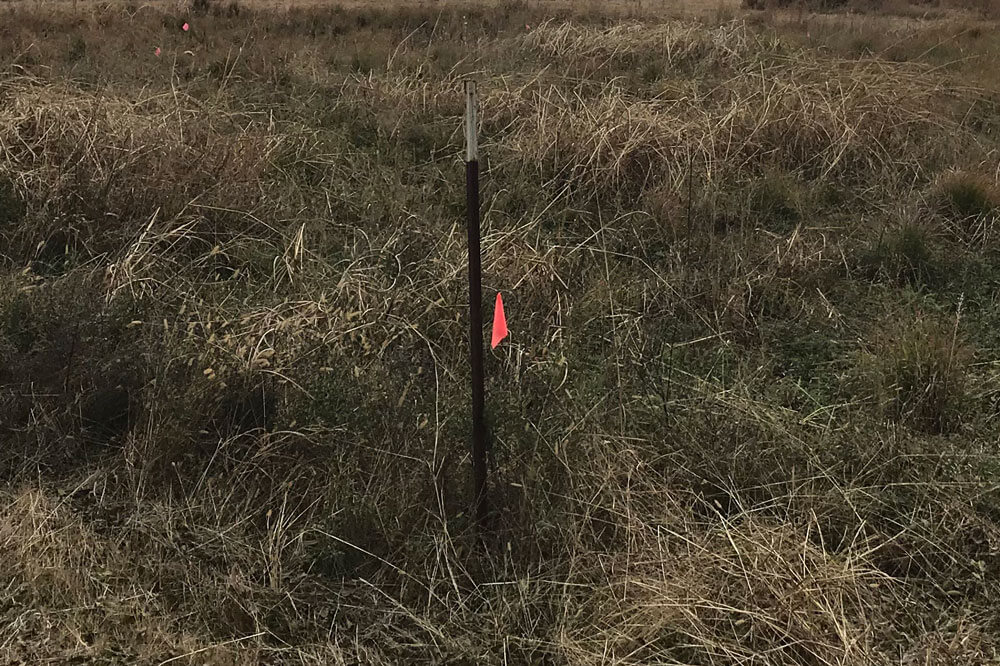
Results
Table 1 shows forage quality (CP and TDN) from an unburned plot and burned plots beginning June 18 and ending Aug. 26. Burning in July and August resulted in greater CP (Figure 1) and TDN (Figure 2) levels post-burn in little bluestem than the unburned plot that lasted through Dec. 10 (Figure 1). The biggest tradeoff was forage quantity. The later the burn, the lower the forage yield was going into dormancy. Although the August burns had the highest CP and TDN levels, they had the lowest forage quantity levels. The mid-July burn was able to produce 1 1/2 tons of dry matter forage per acre going into the dormant season and testing 7-9% CP between December and January.
| Burn Date | Crude Protein (CP) | Total Digestible Nutrients (TDN) | Composite pounds per acre collected Nov. 8 |
|---|---|---|---|
| Unburned | 6.5 | 41.1 | 9,086 |
| June 18 | 6.6 | 39.0 | 5,340 |
| July 3 | 7.6 | 40.3 | 5,135 |
| July 16 | 7.5 | 38.8 | 3,016 |
| July 31 | 9.4 | 49.3 | 1,797 |
| Aug. 15 | 6.6 | 39.5 | 1,489 |
| Aug. 26 | 9.9 | 41.9 | 981 |
Composite samples were collected on Nov. 8 from the same plots as little bluestem forage quality samples were collected on Jan. 30 representing estimated pounds acre of forage. Composite samples consisted of all grasses and forbs collected in a small sampling square.
Crude Protein (CP%) Little Bluestem
FIGURE 1. The level of CP over time collected from an unburned and three burn plots during the summer of 2019.
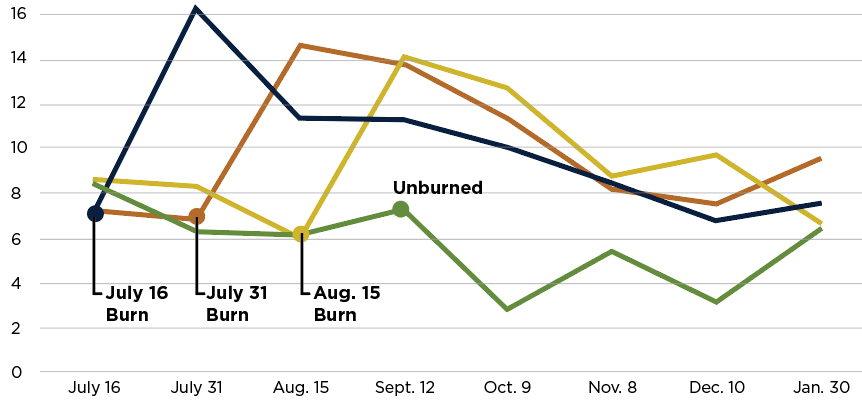
Total Digestible Nutrients (TDN%) Little Bluestem
FIGURE 2. The level of TDN over time collected from an unburned and three burn plots during the summer of 2019.
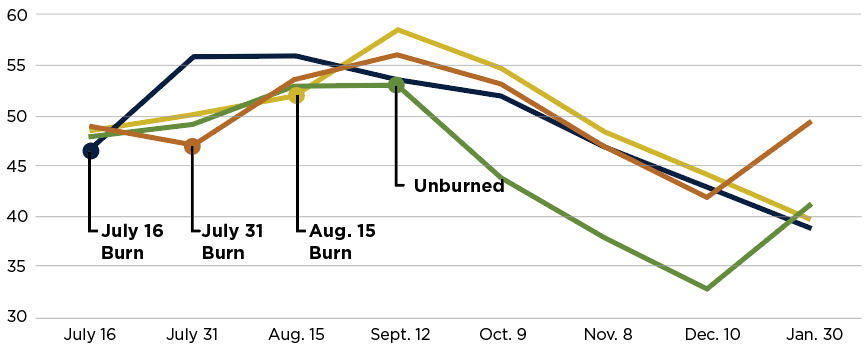
Summary
Growing-season burns can improve forage quality of native grasses during the dormant season with the greatest improvement. However, intentional use of a proper stocking rate for the amount of forage available for dormant-season grazing must be planned. Because yield of a late-season burn pasture will be lower than what is typical when stockpiling native pastures for winter grazing, producers should consider a lower stocking rate when using this higher quality forage for animals with higher nutrient requirements, such as lactating cows, heifers, bred heifers or stocker calves. Land managers and livestock producers who graze native rangeland during the winter can use mid- to late summer growing-season burns to decrease CP supplement cost. If you have found prescribed burns to be useful in your operation, here is one more reason to use them. If you have been hesitant to use prescribed burns in the past, hopefully the chance of reducing your input costs will encourage you to look into burning and give it a try.
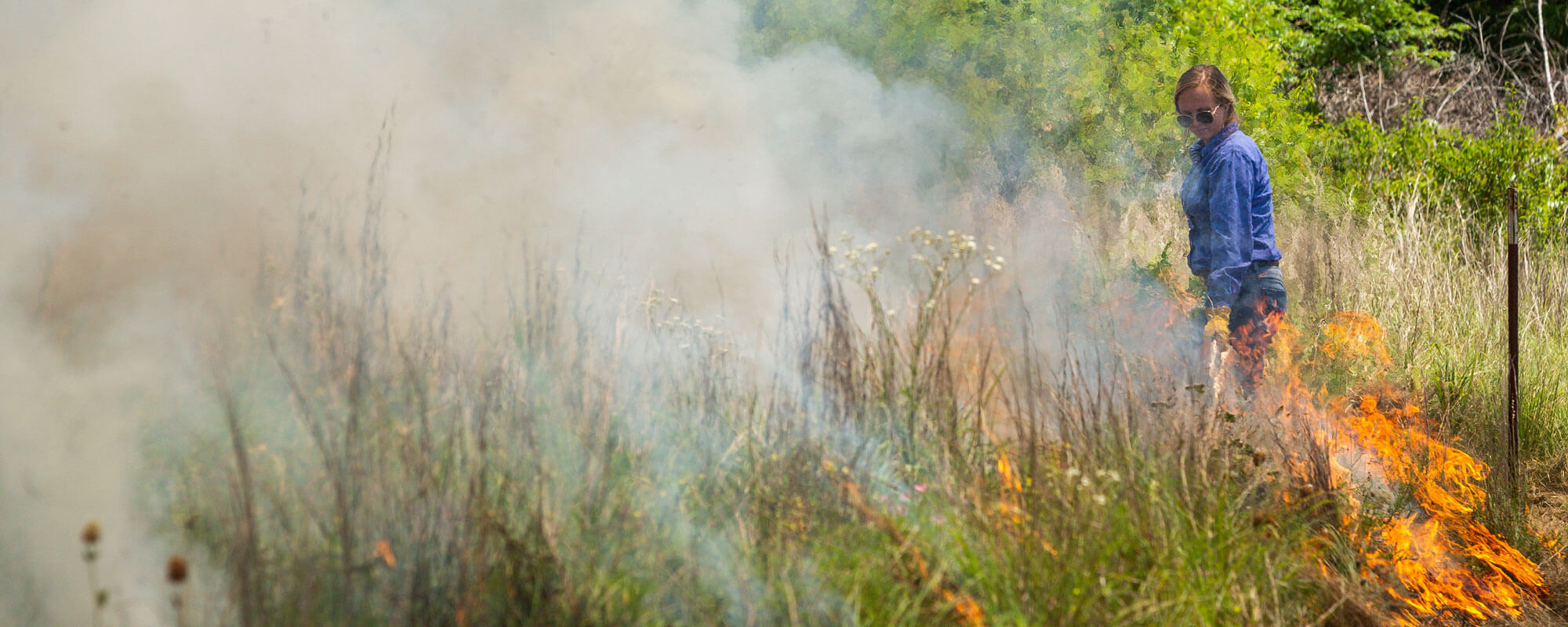

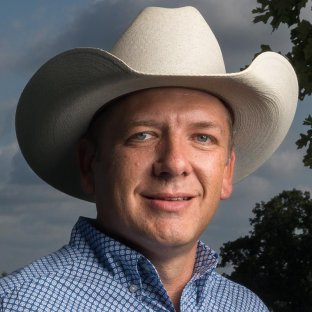
I’m interested in information about a strain of fescue that would flourish in East Texas in or near Smith County.
Hi Jeff,
To learn more about fescue varieties in east Texas contact East Texas Seed, https://easttexasseedcompany.com/, or contact your local Texas A&M AgriLife Extension office.